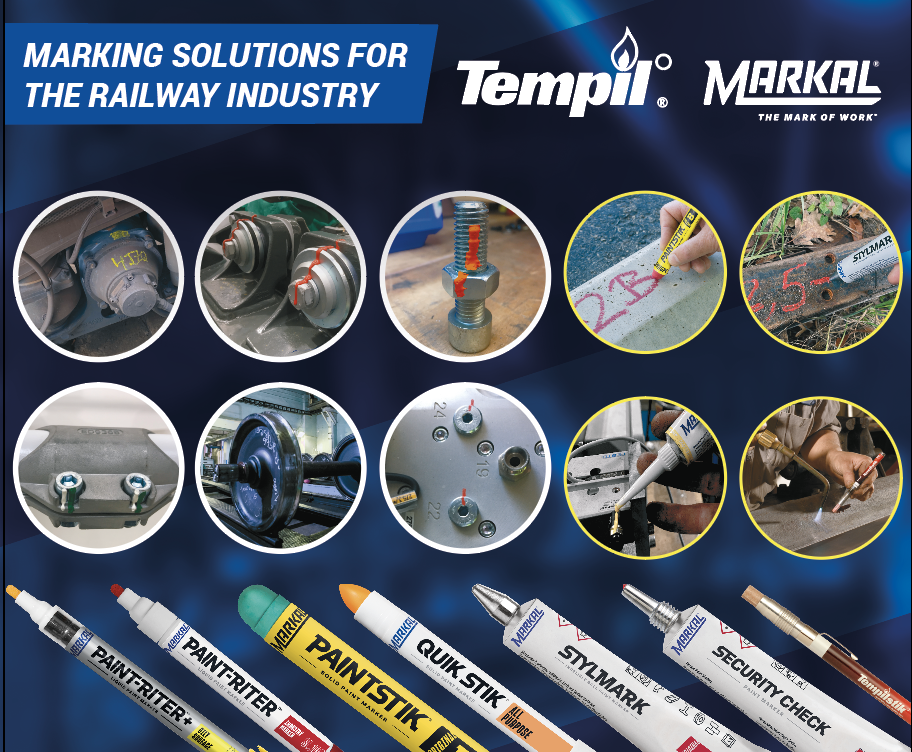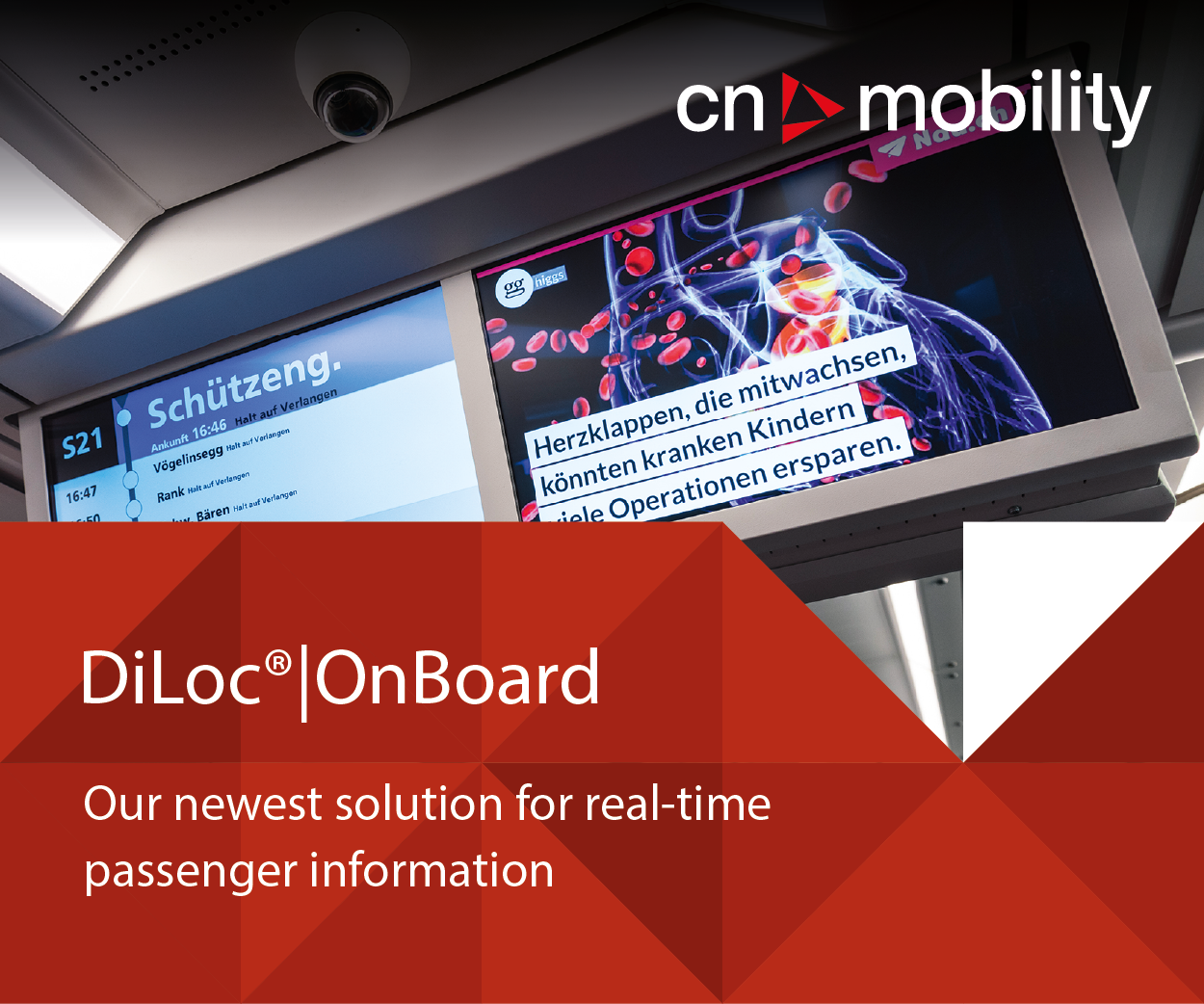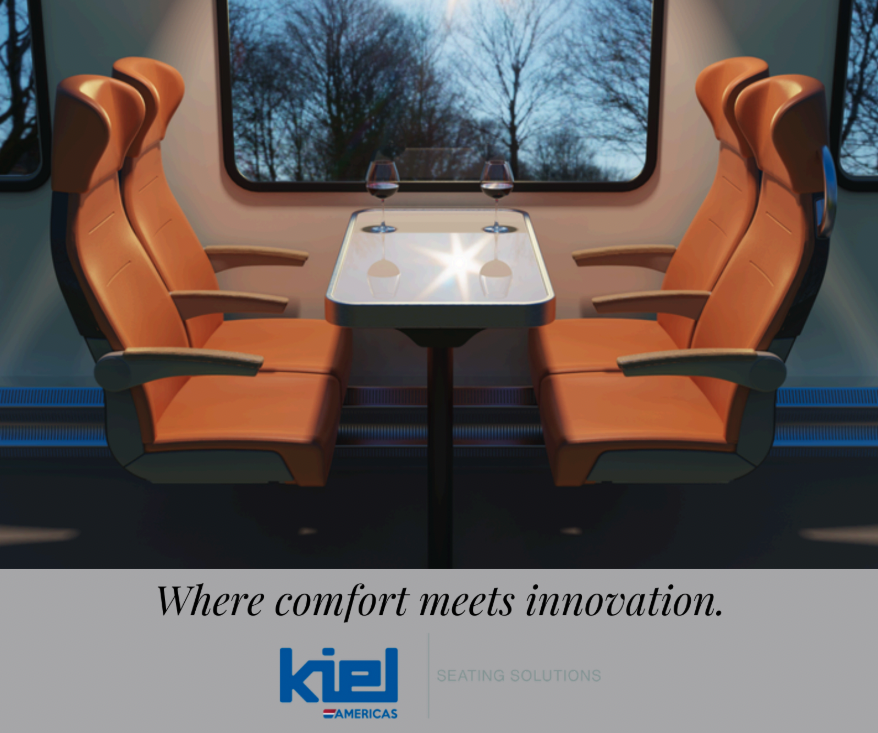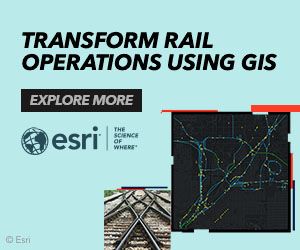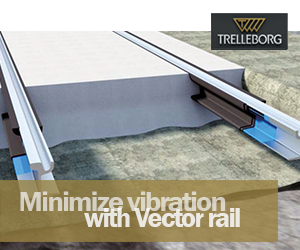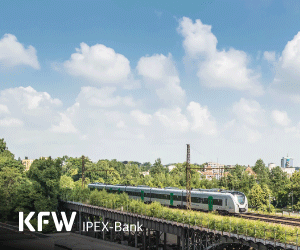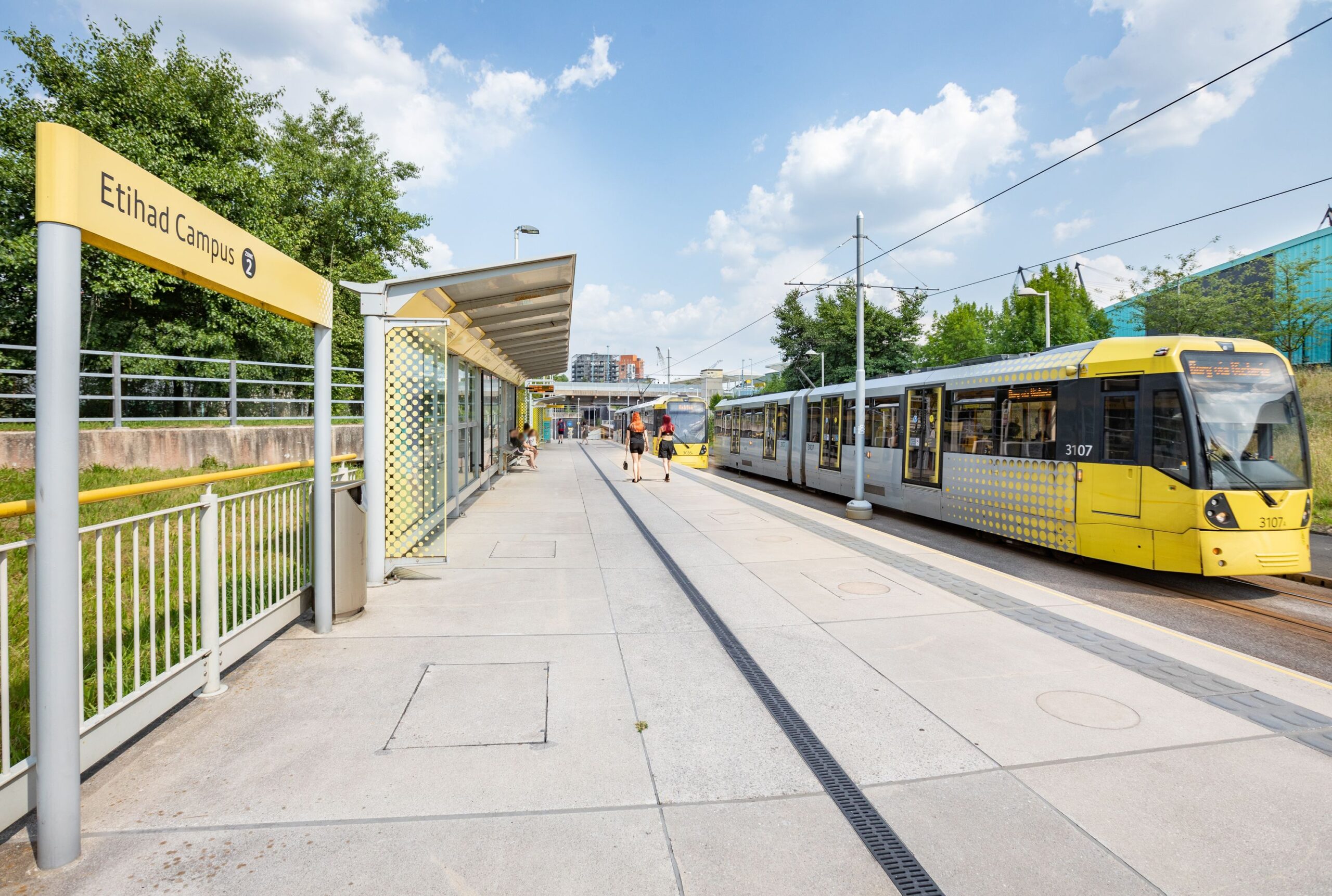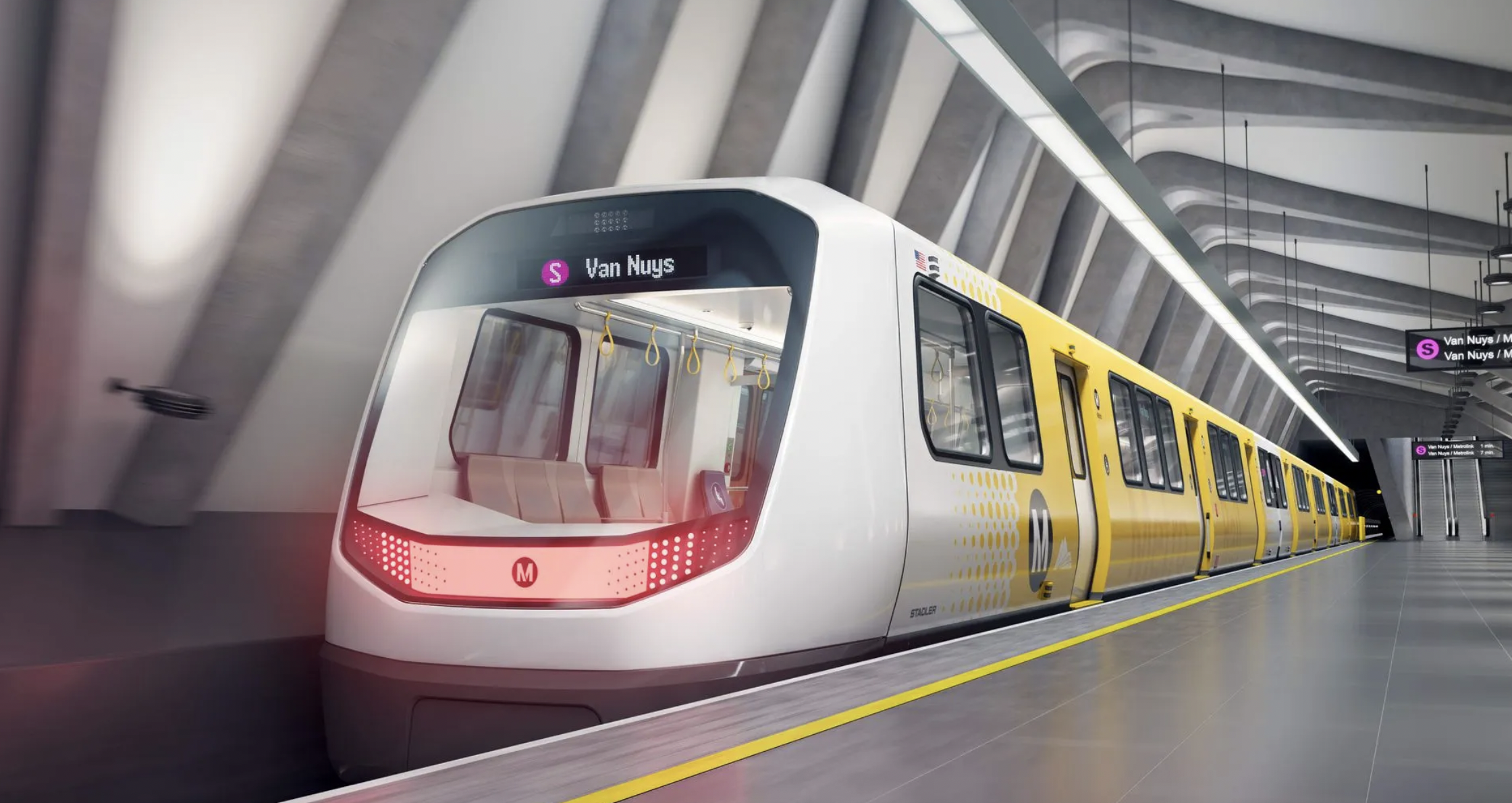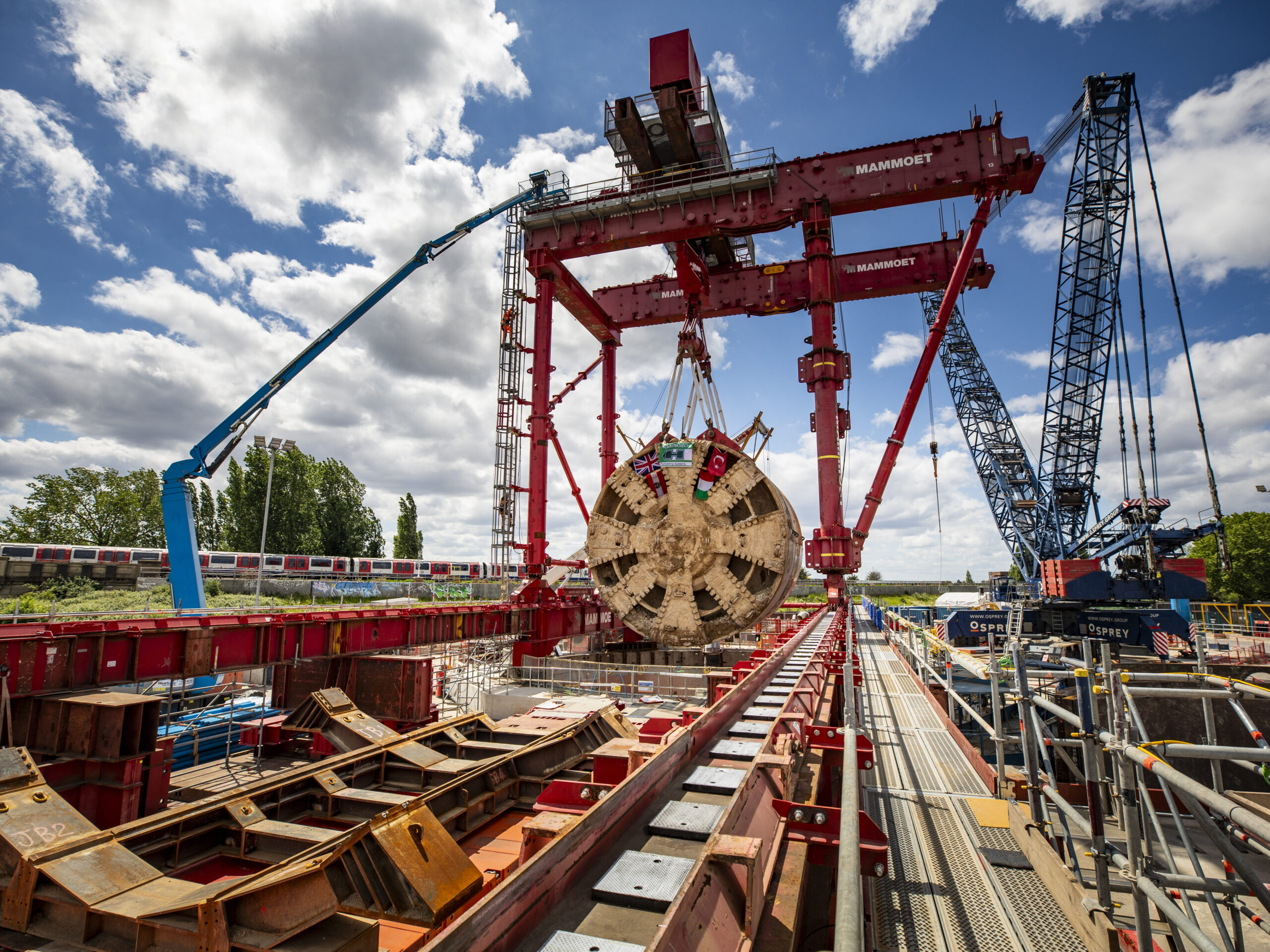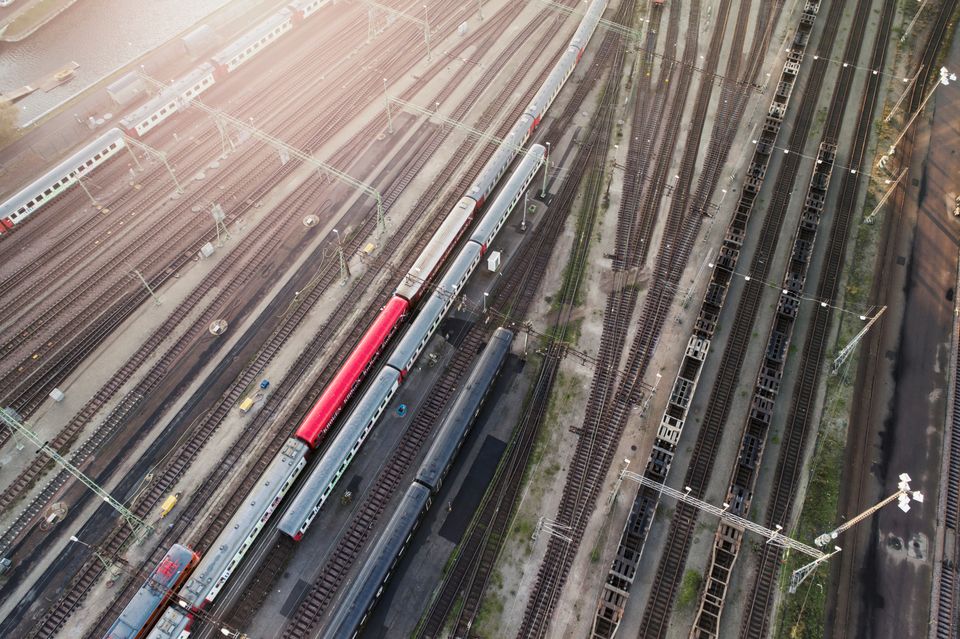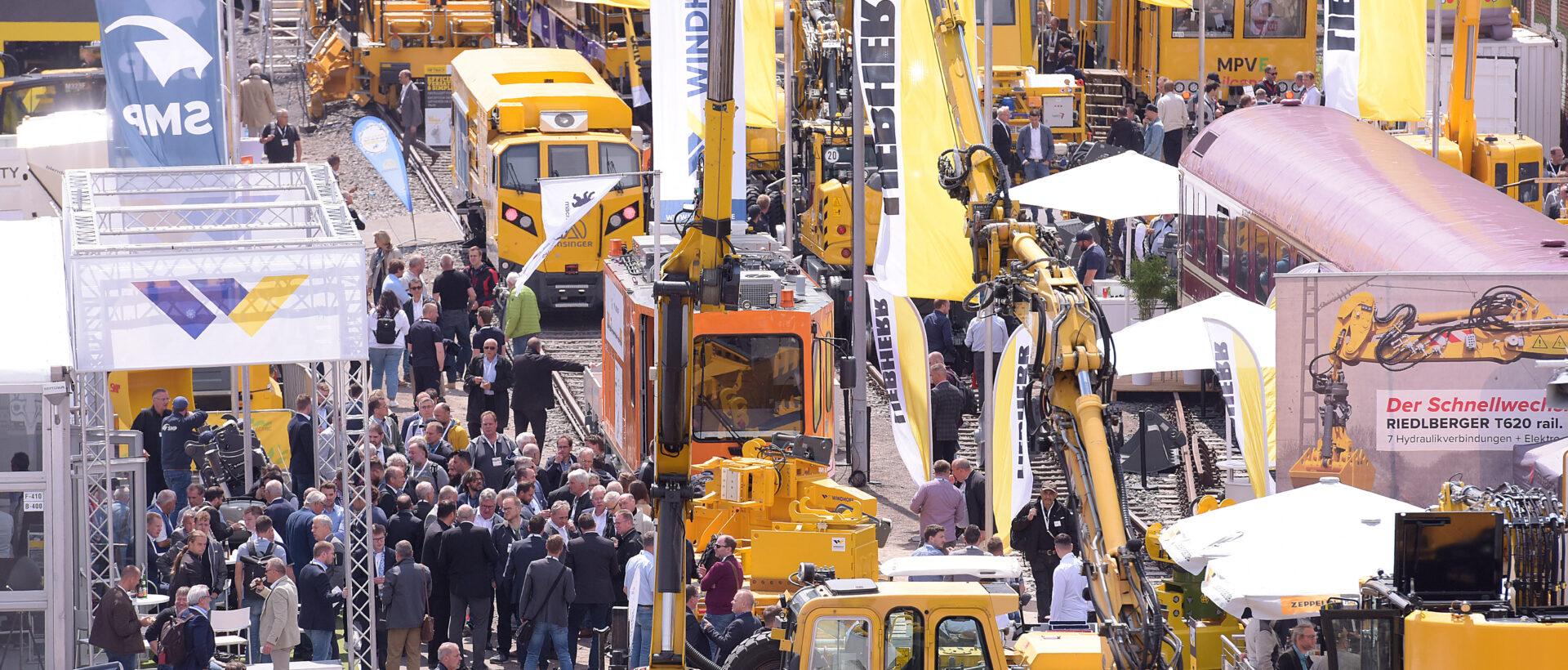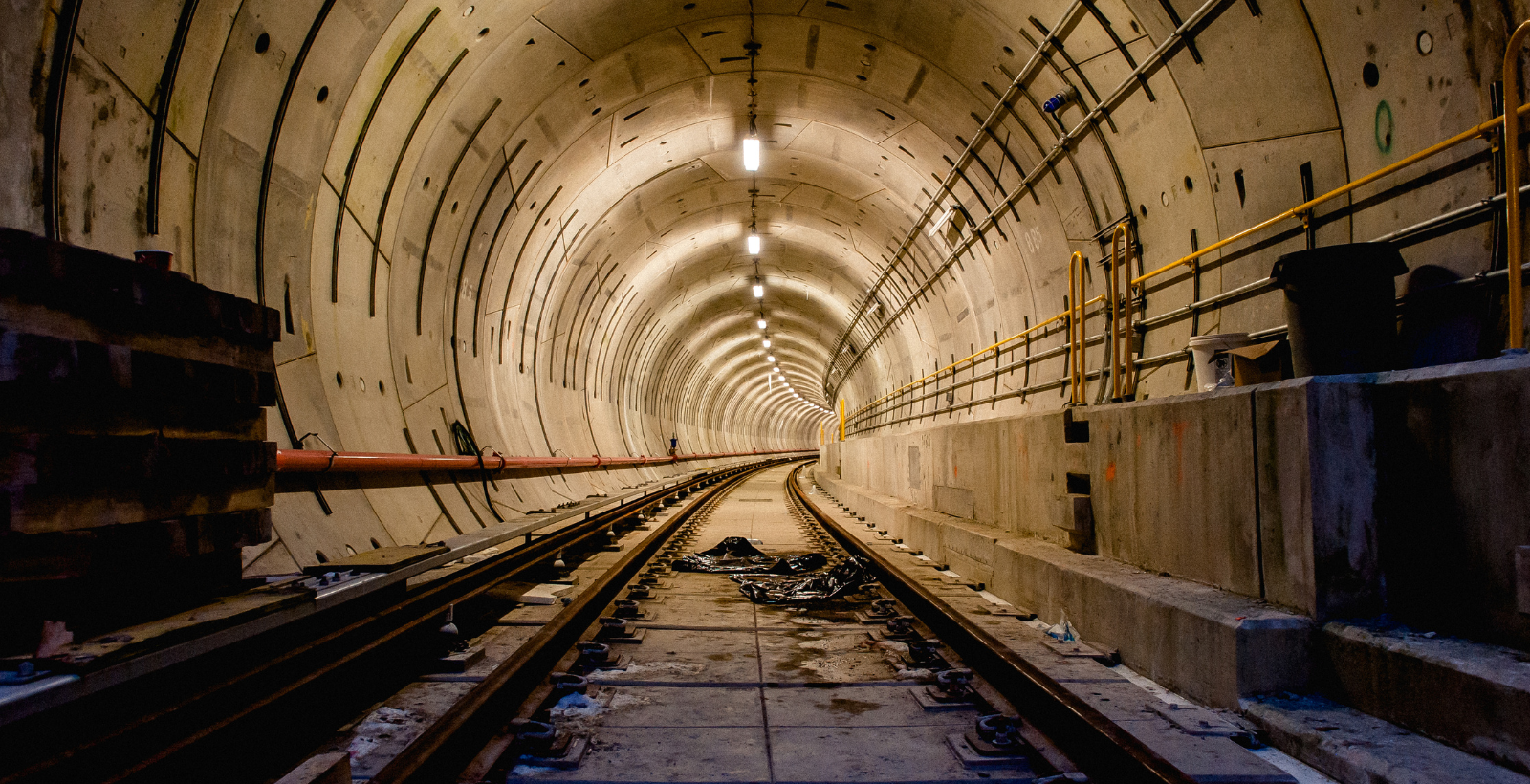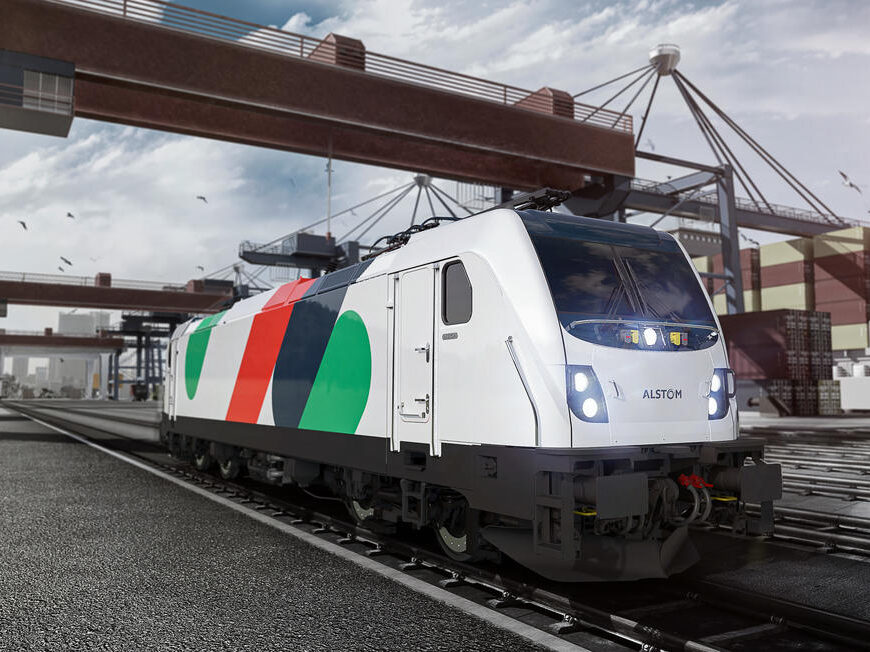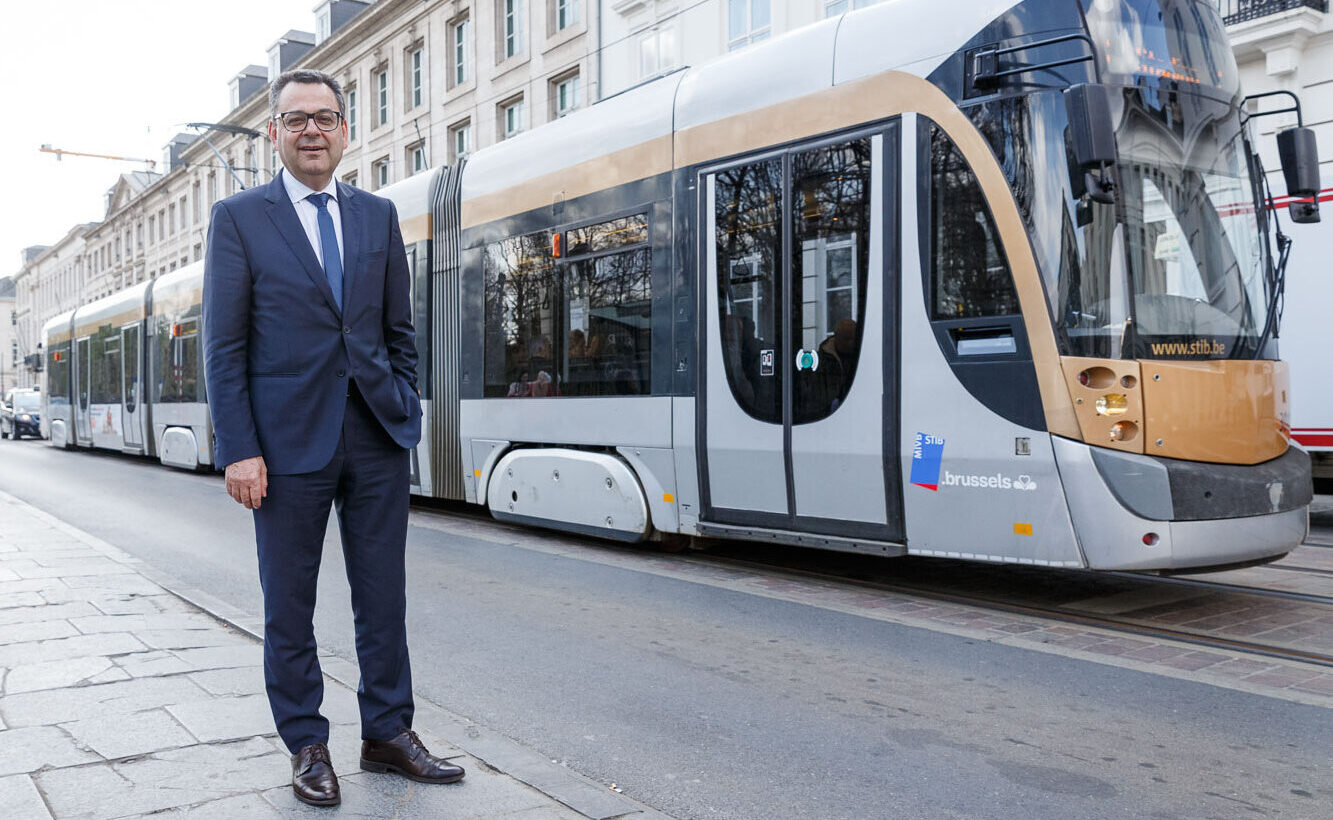At the Train & Rail conference in Stockholm, Petteri Portaankorva, representing East Railway Ltd, shared insights into the East Railway project set to connect Helsinki with eastern regions in Finland and beyond to Europe.
Portaankorva stressed the strategic importance of the East Railway, particularly its role in enhancing mobility, ensuring security of supply, and bolstering regional competitiveness.
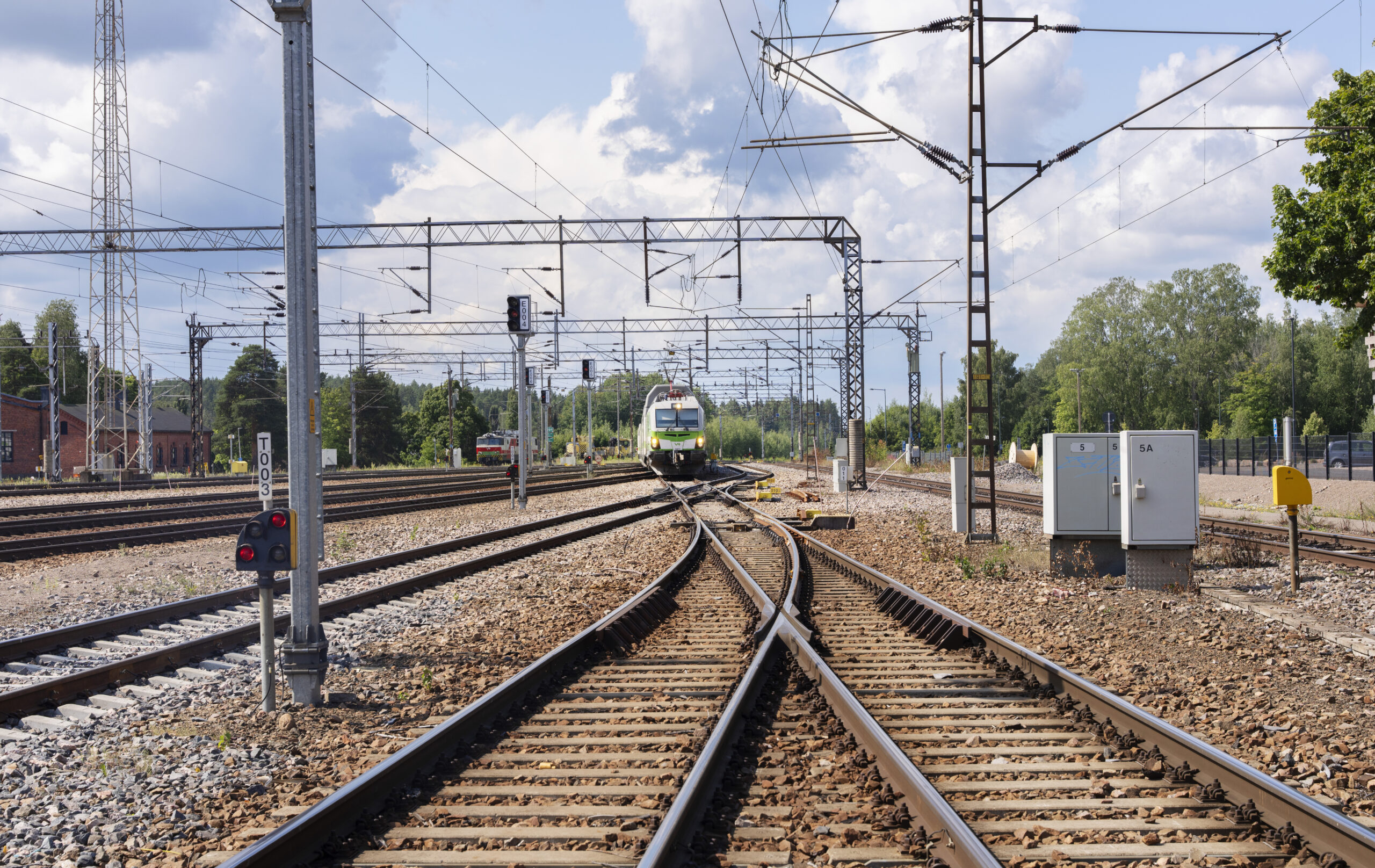
Spanning half of Finland, the East Railway will link Helsinki with the eastern parts of the country, extending to key international transport systems such as the TEN-T network and the Scandinavian-Mediterranean corridor in Europe.
Portaankorva emphasised that the project is about more than just local connectivity; it is a vital piece in Finland’s broader European transportation network. The rail line is expected to be fully operational by 2040, with planning already underway, including environmental impact assessments and a range of technical studies.
The East Railway focuses on four core themes—competitiveness, development, sustainable growth, and military mobility. It will incorporate high-speed rail, a first for Finland, which is expected to revolutionise travel times and economic opportunities for the region.
With Finland’s recent NATO membership, the need for efficient military transport is arguably crucial. The East Railway will thus provide a critical transport route for military forces, enhancing security and readiness in the region.
Project Delivery
One of the key logistical challenges highlighted by Portaankorva was Finland’s unique rail gauge, which differs from the European standard. He acknowledged that decisions regarding gauge compatibility are essential for ensuring that the railway will facilitate seamless international trade, particularly as the rail network extends into Europe. As a result, the final design will need to accommodate both national and international rail systems.
Meanwhile, the East Railway project is set to be financed through a combination of state and municipal ownership, with potential support from the European Union. Portaankorva explained that the EU’s interest in supporting the project lies in its potential to enhance European transport connectivity, boost competitiveness, and ensure the continued stability of supply chains across the continent.
Portaankorva also outlined a timeline for the East Railway’s development. The project company will be established in the near future, followed by a series of environmental and technical assessments. Construction is expected to begin in the latter part of the 2030s, with the goal of having the railway fully operational by 2040.


